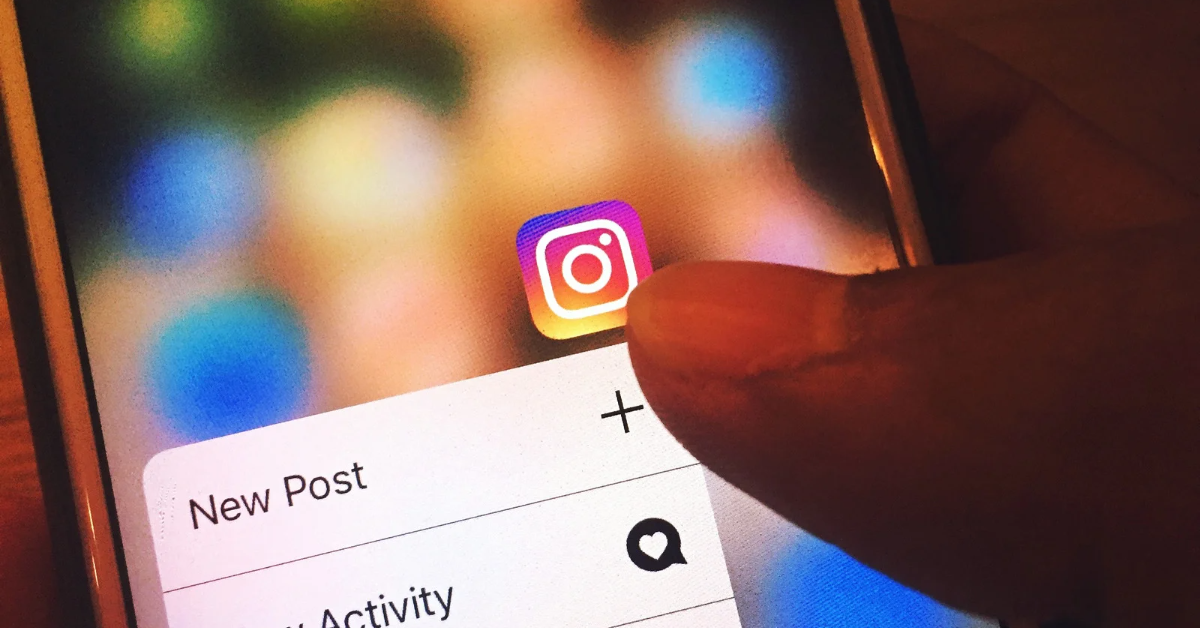The Ultimate Guide to Holiday Marketing on TikTok: Key Strategies for 2024
As the holiday season approaches, marketers are gearing up for one of the busiest shopping periods of the year. With the rise of social media, TikTok has become an essential platform for reaching consumers, especially during the holidays. If TikTok isn’t yet part of your holiday marketing mix, it’s time to consider its potential impact.
To help businesses prepare, TikTok has released an in-depth guide focused on holiday marketing strategies. This guide is packed with tips, data insights, and strategic pointers to help you maximize your reach and engagement during the festive season.
When Are TikTok Users Most Active During the Holidays?
Understanding when TikTok users are most engaged is crucial for planning your holiday campaigns. According to TikTok’s 2024 holiday marketing guide, the platform sees a significant uptick in activity as users search for seasonal inspiration. This heightened activity starts well before the holiday season officially kicks off, making it essential to begin your marketing efforts early.
Timing Your Campaigns for Maximum Impact
The guide highlights key periods when TikTok users are actively looking for Christmas gift ideas. By aligning your content with these peak times, you can ensure your brand message resonates with consumers when they are most likely to make purchasing decisions. Whether it’s through creative video content or targeted ads, timing your campaigns to coincide with these periods can significantly enhance your holiday marketing efforts.
What Are TikTok Users Shopping for This Season?
TikTok’s 2024 holiday guide also provides insights into the types of gifts that are trending on the platform. From tech gadgets to fashion accessories, understanding what your audience is looking for can help you tailor your marketing messages to their preferences. By promoting products that align with these trends, you can increase your chances of converting viewers into customers.
Crafting a Winning TikTok Marketing Strategy
Creating an effective marketing strategy on TikTok requires more than just knowing what to promote. The platform’s guide outlines several key elements to consider, including content creation, audience targeting, and leveraging TikTok’s unique features like hashtags and trends.
One important aspect the guide emphasizes is the post-Christmas shopping period, often referred to as “Q5.” This period sees a surge in bargain hunters and personal shoppers, offering an additional opportunity to extend your holiday marketing efforts and capture late-season sales.
Get Ahead of the Competition with Expert Help
With only 120 days left until Christmas, now is the perfect time to finalize your holiday marketing plans. TikTok’s comprehensive guide provides a solid foundation, but implementing these strategies effectively can be challenging.
That’s where our agency comes in. We specialize in creating and managing TikTok ad campaigns that drive results. Our team of experts can help you craft a holiday marketing strategy tailored to your business, ensuring that you reach the right audience at the right time.
Ready to take your TikTok holiday marketing to the next level? Contact us today to learn how we can help you achieve your goals this season.
By following these strategies and incorporating TikTok into your holiday marketing efforts, you’ll be well-positioned to make the most of this festive season. Don’t wait—start planning your campaigns now to ensure a successful year-end push.










